Table of Contents
What is autism?
Autism Spectrum Disorder (ASD), or simply Autism, is a developmental disorder that covers a broad range of conditions characterized by difficulties with social skills, repetitive behavior, speech, and nonverbal communication as explained by Autism Speaks. It also pertains to the difference in which your child thinks in comparison to his peers, a quality that highly impacts the way they behave and how they interact with other people.
What are the types of autism?
WebMD identifies four types of the autism spectrum disorders:
- Asperger’s syndrome: In modern times, Asperger’s syndrome is also referred to as high-functioning autism and is on the milder end of the spectrum. People with this disorder are recognized as intelligent and can handle activities done in daily life, such as eating and taking care of themselves without help from anyone else. They can also converse and talk about topics that interest them, though still find difficulty in socializing.
- Pervasive developmental disorder, not otherwise specified (PDD-NOS): Characterized as more severe than Asperger’s syndrome yet not as severe than Autistic disorder — it stands in the middle of the two aforementioned types.
-
- Autistic disorder: Has the same symptoms as Asperger’s syndrome and PDD-NOS, but at an intense level.
- Childhood disintegrative disorder: Develops in children who first grew up normally but then later on loses many social, language, and mental skills. This usually happens between the ages of 2 and 4, with children with this type even developing a seizure disorder.
Does autism have any accompanying conditions?
When a person has autism, it’s most likely that they have co-occurring conditions that affect their physical and mental well-being. The Cleveland Clinic shares the following disorders that may also occur with people who have autism:
-
- Attention-deficit/hyperactivity disorder (ADHD): A neurodevelopmental disorder that is commonly found and studied in children. Those with ADHD have trouble with inattention, hyperactivity, and impulsivity.
- Avoidant/restrictive food intake disorder (ARFID): A condition that prompts you to limit your food intake. ARFID is driven by fear of food and the consequences of eating, such as choking. It is not due to a negative self-image or a desire to change your body weight.
- Obsessive-compulsive Personality disorder (OCPD): A condition that causes people to have an immense fixation with perfectionism, organization and control. Those with this condition have unshakeable beliefs, tied with the desire to always be in control of other people, situations, and themselves.
- Schizophrenia spectrum disorder: A condition that involves hallucination and delusions, brought by a disconnection to reality.
- Oppositional defiant disorder: A condition found in children that shows uncooperative, defiant and angry behavior toward people in authority.
- Intellectual disabilities: A condition that limits intelligence to the point that a person is unable to perform daily tasks. Hence, this leads to them having difficulties in living alone or having independent lives for that matter.
- Sleep disorders: These are conditions that disrupt the quality, amount, and timing of sleep you’re able to get at night.
- Bipolar disorder: This is a chronic mood disorder that leads a person to have intense changes in mood, energy levels, and behavior.
- Depressive disorder: This is a well-known mental condition that gives a feeling of sadness that doesn’t go away, shifting the way a person thinks, sleeps, eats, and acts.
- Epilepsy: This is a chronic brain disease that causes seizures. This is due to neurons sending wrong signals to the brain which then triggers a seizure.
- Digestive issues: Includes constipation, diarrhea, gastroesophageal reflux disease (GERD), etc.
What causes autism?
According to an article published in the National Library of Medicine, autism is caused by two primary factors:
- Genetic influences: There are several studies that support the notion that autism runs in the family. They explain how certain genes or genome changes can influence the development of autism within a child.
- Environmental influences: Includes pregnancy, labor and delivery related matters. The National Institute of Environmental Health Sciences also enumerates these factors specifically: pregnancy for women who are older than 35, prenatal exposure to air pollution or certain pesticides, maternal obesity, diabetes, immune system disorders, extreme prematurity or very low birth weight, and any birth difficulty that leads to periods of oxygen deprivation to the baby’s brain.
Misconceptions about autism
There are a lot of myths and misconceptions that surround autism. Majority of these misconceptions center around the causes of autism, the nature of this disorder, and the generalization of people with autism.
It’s important to be informed of these misjudgments in order not to have the same opinion about it as well. Hence, keep in mind of the following:
- Autism is NOT a disease: It is a neurodevelopmental condition that affects how a person’s brain processes, learns, and communicates
- Autism is NOT a mental illness: Although it’s a condition that affects the brain, it doesn’t mean that it’s a mental illness. It’s a developmental disability that influences how one sees the world and interacts with others
- There is NO autism epidemic: As autism is not a disease, there would be no such thing as an autism epidemic. Despite cases rising, it’s only brought by advanced medical knowledge that enables physicians to spot autistic traits in people.
- Autism is NOT only for boys: Despite research proving that autism mostly affects boys, it doesn’t mean that girls are excluded from being diagnosed with the condition. Recent studies claim that signs of autism manifest differently in girls and that’s why some may be undiagnosed
- Vaccines do NOT cause autism: There is no connection between vaccines and autism
- Bad parenting does NOT cause autism: Though parenting doesn’t cause autism, it can significantly impact a child’s social and emotional growth
Autism in the Philippines
1 out of every 100 Filipinos has autism spectrum disorder, with only 10% of those being diagnosed. This is brought by lack of early diagnosis and intervention, enabling autism to develop further without management or guidance on how to handle it.
Not to mention that prejudice and mistaken ideas result in people being discriminatory towards individuals with autism, thus rendering us unable to progress fruitfully as a society.
Nevertheless, the government made a point to establish ordinances that aim to help people with ASD to live comfortably in the country.
Senate Bill No. 752
Otherwise known as An Act Instituting a Comprehensive National Care Plan to Encourage Cooperate, Accountability and Research for the Education and Support of Persons with Autism and for Other Purposes — the Senate Bill No. 752 aims to have the state affirm its role in protecting and upholding the rights of all disabled persons, including persons with autism (PWAS), by giving full support to the improvement of their well-being and their integration into mainstream society.
This act also promotes arranging suitable policies and programs that shall increase awareness and proper understanding of autism. This is to develop a clear and consistent pathway to early detection and diagnosis, provide access to quality education and employment opportunities, to minimize or completely eliminate discrimination, and to enable the private sector to extend relevant services that will complement the government’s programs.
All of these are in line with the goal to have PWAs living independently within the community.
Senate Bill No. 2026
In 2023, the alarming cases urged senators to propose a bill — the Senate Bill No. 2026 or An Act Establishing Center for Autism — that would launch the Philippine’s first ever Center for Autism, an establishment that would be funded by the government to help with the ongoing difficulties that indigent patients and their families face.
Senator Zubiri previously pointed out that the cases have been consistently rising in the past 10 years, an alarming matter that further brings forth the need to make services that will assist people dealing with ASD.
Services that ought to be accessible to them once this bill gets approved include: diagnostic services, therapeutic services, rehabilitation services, and vocational training services.
Autism Society Philippines (ASP)
Originally named as the Foundation for Autistic Children and Adults of the Philippines or ACAP Foundation when it was first introduced in 1987, Autism Society Philippines (ASP) is a national and non-profit organization dedicated to the well-being of persons on the autism spectrum disorder. They envision a society wherein Filipinos on the spectrum can become the best version of themselves — self-reliant, independent, productive, and socially-accepted citizens of an Autism-OK Philippines.
The ASP offers programs that support persons with autism and their families. They have mentioned the following to be part of their services:
- Conducting regular family support groups meetings
- Workshops for sibling support
- Seminars and trainings on various topics
- Early detection and intervention consultancy
- Free community-based therapy services
- Sharing of the scientific updates
- Regular monthly seminars on topics relevant to the family’s education and therapy partners in the development of an individuals on the autism spectrum
National Autism Consciousness Week
In 1996, President Fidel Ramos declared that every third week of January should be acknowledged as National Autism Consciousness Week as per Proclamation No. 711. This decree works hand in hand with the government’s effort to raise awareness about autism and the people who are diagnosed with it, aiming to promote a supportive environment for them that would allow autistic people to live with dignity and independently, thus contributing productively to society.
Various agencies and departments are assigned to take the lead in initiating activities that will increase awareness on autism and its effects, as well as its early identification. Among them are the Department of Health (DOH), the Department of Education, Culture and Sports (DepEd), and the Department of Social Welfare and Development (DSWD).
Signs of autism and other characteristics
Autism manifests differently in children and in adults. Although there are characteristics that can be considered as a general sign that one may have autism, there are also other indicators that present themselves in adults and children.
WebMD says that signs typically begin to emerge at the age of 3, while others already appear since they were born.
On the other hand, Healthline Media states that there are two main categories that can be found under autism symptoms.
- Difficulties in socially interacting and communicating with others
- Repetitive or restricted behaviors
General signs of autism:
- Troubles with maintaining eye contact or listening to people
- Troubles with looking at objects when someone points at them
- Has very specific interests or deep immersion to certain topics
- Tendency to repeat something, such as words, phrases, or actions
- Being extremely sensitive to sounds, touches, smells, or sights
- Refusal to be touched, held, or hugged
- Troubles with understanding speech, gestures, facial expressions, or tone of voice. Same with using them
- Tends to talk in a certain voice, like in a sing-song, flat, or robotic manner
- Difficulties in adapting to changes in routine
Signs of autism in children:
There is a difference in the way children socialize when they’re age 2, 5, 10, and 15. Hence, the troubles they have in communicating may vary due to their age and other influences.
It should be noted that the line between autism characteristics and regular childhood actions can be blurry. Some traits found in people with autism may have been experienced by children at one point during their youth — however, with autism, it ought to be remembered that these behaviors can be challenging in environments like school or their future workplace.
- Unresponsiveness when their name is being called
- Lack of facial expressions
- Lack of interest to play simple games
- Not doing gestures like waving when greeting, etc.
- Doesn’t understand or realize it when other people are mad or sad
- Doesn’t want to socialize or play with other children
- Doesn’t act, sing, or dance for you
- Arranges toys in a specific way and gets upset if it gets changed
- Has interests that they’re deeply immersed to
- Sways back and forth, flaps their hands, or twirls in place
- Slow development in speech, intellectual, and motion skills
- Unusual sleeping or eating behaviors
- Reduced or excessive fear of ordinary circumstances
Signs of autism in adults:
There are instances in which you may not experience any signs of autism until adulthood. If you notice yourself being negatively impacted by these traits, it’s best to talk to your healthcare provider to help you understand more about autism and be guided on what to do moving forward.
- Difficulties in understanding other people emotionally
- Prefers being alone or finds it difficult to form friendships
- Tends to be anxious in group gatherings
- Has a daily routine and gets distressed if it’s not followed
- Difficulties in expressing their feelings
- Troubles with understanding sarcasm
- Unintentionally appearing rude, uninterested, or blunt to others
How is autism diagnosed?
It’s expected from a parent that upon noticing something different or peculiar about their child, getting a professional’s opinion about their observations would be their next move.
Thus, in the case of speculating whether their child may have autism or not, obtaining a diagnosis would include these two steps:
Step 1: Screening
Upon setting an appointment with a pediatrician, they’ll proceed to ask you questions regarding your child. These questions will mostly center around whether the child is keeping pace with the development of essential skills typically formed around their age, such as learning, speaking, behavior, and moving.
If your child exhibits signs of development delays which are observed in people with autism, a more thorough assessment is recommended to be done to further examine your child’s condition.
Step 2: Evaluation
An autism evaluation led by a trained specialist (either a child psychologist or developmental-behavioral pediatrician) will be done to see if your child has autism. Another batch of questions will be asked about the progress of your child’s development, actions, and verbal abilities — and there will also be various tests to check their cognitive, communication, and personal care skills (eating, toileting, and dressing).
Your child must also fit these criteria to be eventually diagnosed with autism, as specified by the Cleveland Clinic:
- Struggles with social-emotional reciprocity
- Struggles with nonverbal communication
- Struggles with developing and maintaining relationships
- Engaging in repetitive movements, use of objects or speech
- Insisting on the same routine or ways of doing things
- Having very intense or unusual interests
- Hyper-reacting to sights, sounds and textures and/or seeking out sensory experiences
Other tests that may be done are: hearing tests, vision tests, and genetic tests. These assessments are necessary in order to make a proper diagnosis.
Is there a way to manage autism?
There is a range of therapies that a person with autism can do in order to manage the obstacles that come along with their condition and foster the strengths they have despite it.
The National Institute of Child Health and Human Development suggests a few that can help with handling autism. However, just like with how the signs of autism differ from every person — the same goes with the therapies and interventions they can do to attain maximum efficiency.
- Behavioral management therapy: encourages positive behaviors and discourages negative ones.
- Cognitive behavior therapy: explores how thoughts, emotions, and behaviors influence one another.
- Early intervention: recognizes ASD at an early age and provides sufficient support to children
- Joint attention therapy: helps people with autism to strengthen their skill in focusing on an object or area with another person
- Occupational therapy: develops the skills people with autism need to do for their everyday tasks
- Parent-mediated therapy: wherein parents learn therapy techniques from professionals and provide specific therapies to their own child
- Physical therapy: involves exercises and tasks that support motor development and promote better strength, posture, and balance
- Social skills training: teaches children the skills they need to interact with others
- Speech-language therapy: helps with improving their abilities to communicate with others

 Login/Register
Login/Register
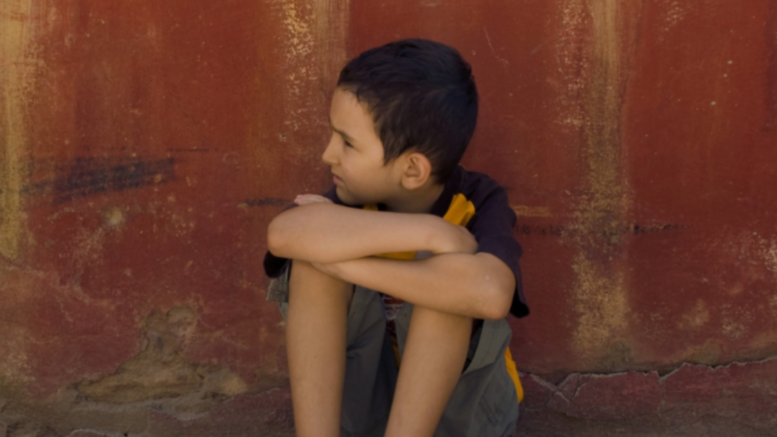


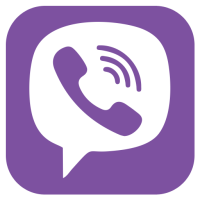

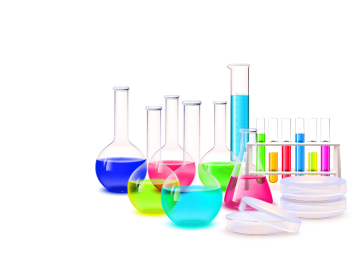
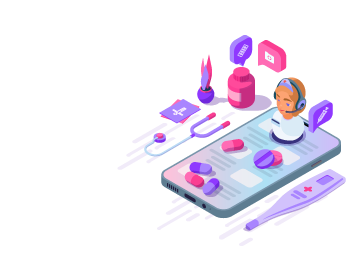


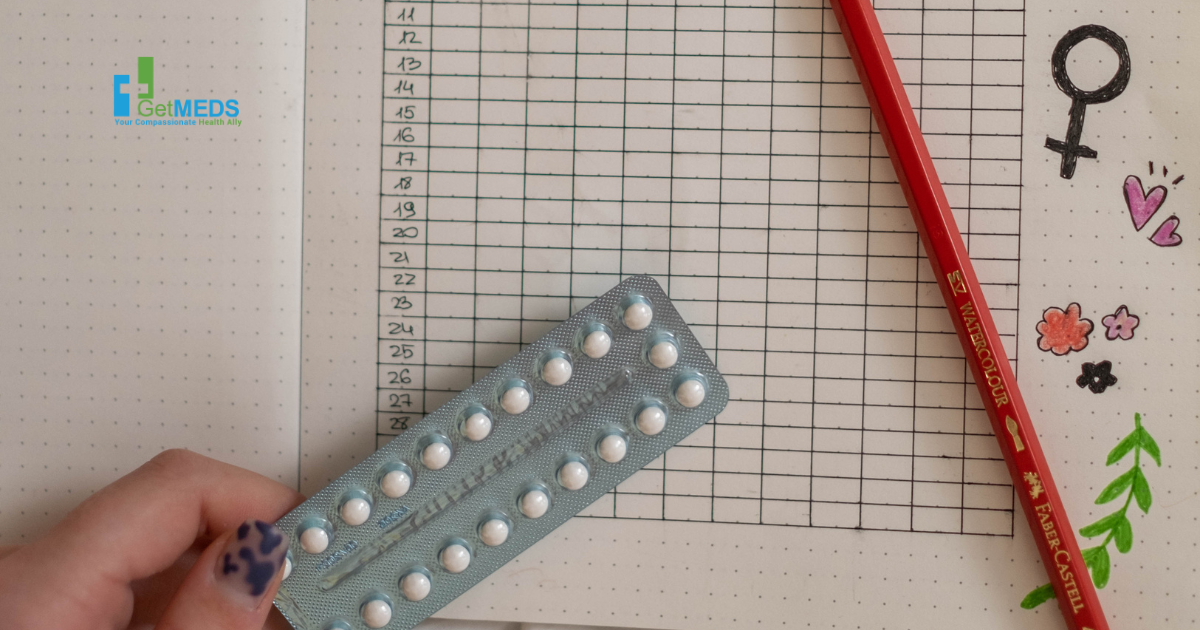

Be the first to comment on "Understanding Autism: 4 Types, Symptoms, and Management"